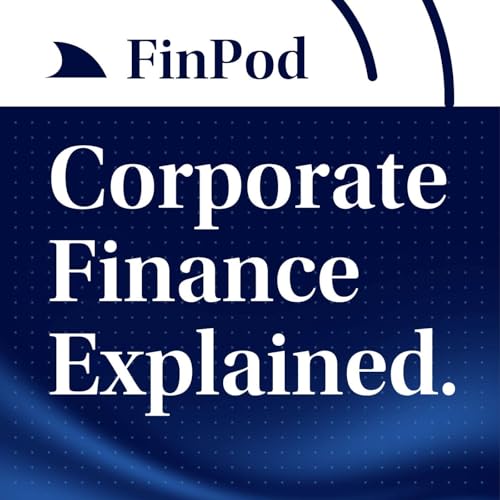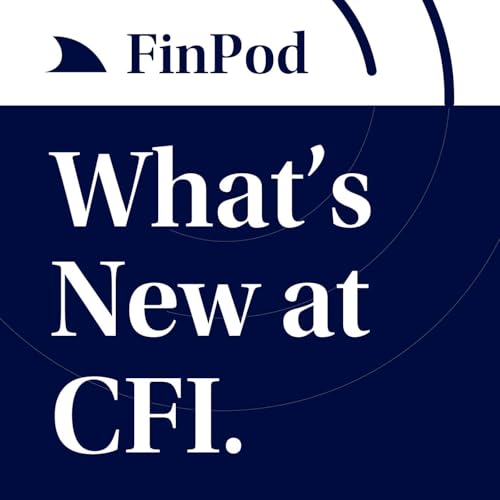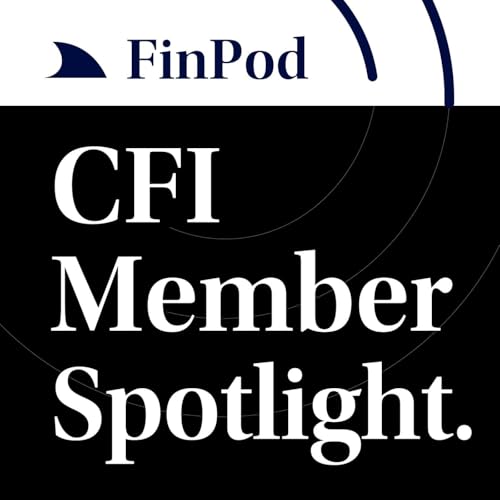In the high-stakes world of M&A, Goodwill is arguably the most important yet invisible asset on a modern balance sheet. It represents the "engine of ambition," but as history shows, it is also a significant source of financial volatility.
In this episode of Corporate Finance Explained on FinPod, we unpack why companies pay billions in premiums, how that value is tracked, and what happens when those strategic promises vanish overnight.
What is Goodwill? The Anatomy of a Premium
Goodwill is an intangible asset that appears only when one company acquires another. It is the accounting placeholder for the premium paid over the fair market value of a company's identifiable net assets.
When a buyer pays an extra $500 million for a $1 billion company, they are buying "strategic future value" that doesn't fit into a physical ledger. This premium typically covers:
- Brand Equity: The power of established names like Disney or Coca-Cola.
- Human Capital: Specialized workforce talent and "acqui-hires."
- Synergies: The quantified promise that the combined businesses will unlock efficiencies neither could achieve alone.
- Network Effects: Market dominance and ecosystem integration.
The Accounting Shield: PPA and Impairment
Because Goodwill is intangible, regulators use a rigid process called Purchase Price Allocation (PPA). Auditors first identify and value every "identifiable" asset (patents, inventory, debt). Only the leftover remainder is recorded as Goodwill.
Unlike a factory or a machine, Goodwill is not amortized. It stays on the balance sheet indefinitely until a "Triggering Event" occurs, requiring an Impairment Test.
Strategic Red Flags (Triggering Events):
- Persistent declining revenue or shrinking margins.
- Major leadership changes or failed integration.
- Market downturns or the loss of a key customer.
If the fair value of the business unit drops below its carrying value, an Impairment Charge is mandatory. While this is a non-cash charge, the stock market reaction is often violent because it destroys management credibility.
Case Studies: Strategic Success vs. Failure
- Facebook & Instagram (Success): Meta paid $1 billion for an app with negligible assets. The Goodwill was a bet on network effects, which now generates tens of billions.
- Amazon & Whole Foods (Success): The premium bought time, instantly giving Amazon a physical retail and logistics footprint.
- Kraft Heinz (Failure): A $15.4 billion write-down occurred because aggressive cost-cutting cannibalized the very brand equity they paid for.
- GE & Alstom (Failure): A $22 billion write-down triggered by misjudging the gas turbine market.
The Critical Ratio: Goodwill to Equity
Smart investors look past the absolute dollar amount and focus on the Goodwill-to-Equity ratio. A high ratio is a strategic warning sign; it tells you the company is heavily reliant on future promises rather than proven stability.
Key Takeaway: An impairment is a lagging indicator. By the time the write-down happens, the business has been suffering for a long time. The charge is simply the officially mandated confirmation of strategic failure.
 14 mins
14 mins Dec 23 202518 mins
Dec 23 202518 mins 13 mins
13 mins Dec 16 202513 mins
Dec 16 202513 mins 14 mins
14 mins 19 mins
19 mins Dec 4 202514 mins
Dec 4 202514 mins Dec 2 202533 mins
Dec 2 202533 mins
